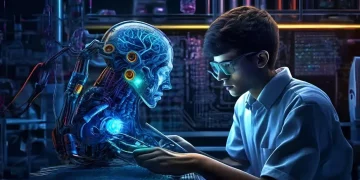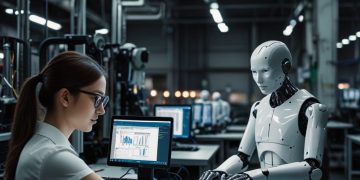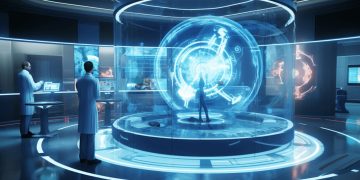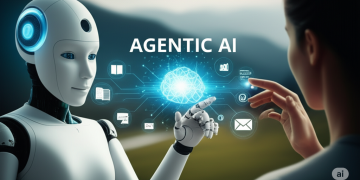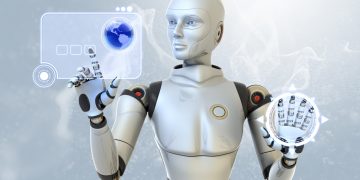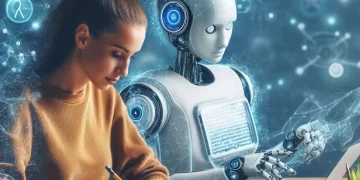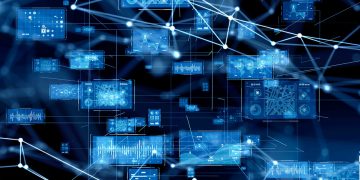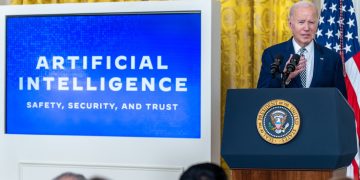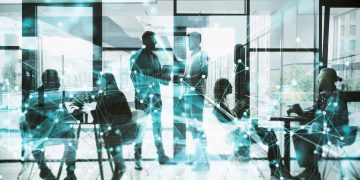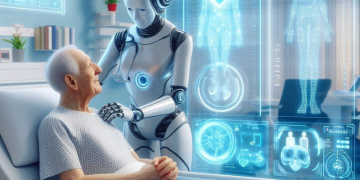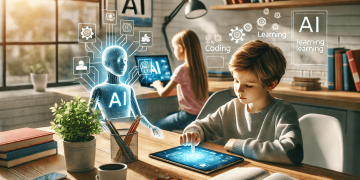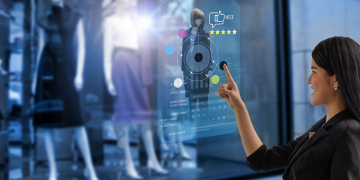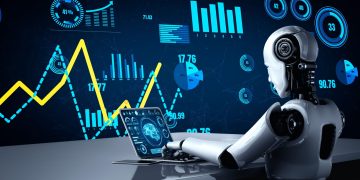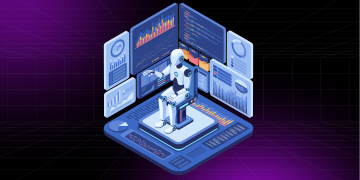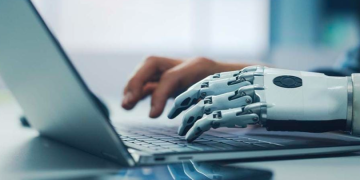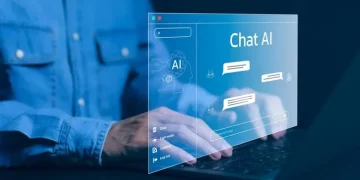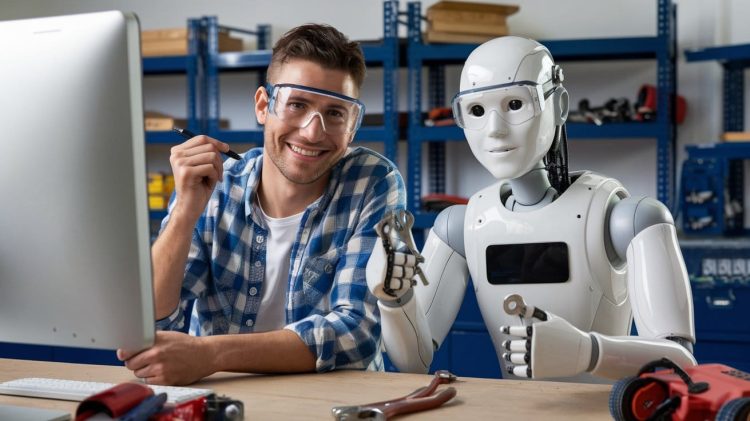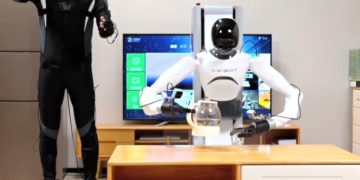Introduction
Artificial intelligence (AI) has emerged as one of the most transformative technologies of the 21st century, reshaping industries, business models, and the very nature of work itself. Its rapid development promises unprecedented efficiency, productivity, and innovation, yet it also brings significant challenges for the global labor market. AI-driven automation is altering the demand for skills, reshaping job roles, and prompting debates about the future of employment.
This article provides a comprehensive analysis of AI’s impact on the labor market. It examines both the positive and negative effects of AI adoption, explores sector-specific transformations, considers workforce skill requirements, evaluates policy implications, and envisions future trends. The goal is to provide a detailed, professional, and well-rounded perspective on how AI is transforming employment landscapes worldwide.
1. Understanding AI and Its Role in the Labor Market
Defining Artificial Intelligence in the Workplace
Artificial intelligence encompasses a broad spectrum of technologies designed to perform tasks that typically require human intelligence. These tasks range from data analysis and pattern recognition to natural language processing, problem-solving, and even creative processes. Within the labor market, AI manifests through various applications, including:
- Robotic Process Automation (RPA): Automating repetitive administrative and clerical tasks.
- Machine Learning Algorithms: Analyzing vast datasets to provide insights, predictions, and decision-making support.
- Natural Language Processing (NLP): Enabling AI to understand, interpret, and generate human language, useful in customer service, translation, and content creation.
- Computer Vision: Automating inspection, quality control, and visual recognition tasks in manufacturing and healthcare.
The Dual Nature of AI’s Impact on Labor
AI has a dual impact on the workforce: it can both displace certain jobs and create new opportunities. While automation may reduce the demand for routine and repetitive tasks, AI also generates demand for new skill sets, including AI system design, data analysis, and human-AI collaboration. The challenge for labor markets is to adapt to this shift in demand, requiring investments in education, training, and policy frameworks that facilitate workforce transition.
2. Job Displacement and Workforce Restructuring
Automation of Routine Tasks
AI-driven automation primarily affects jobs that involve predictable, repetitive, or data-intensive tasks. Examples include:
- Manufacturing assembly lines where robots perform precision tasks faster than humans.
- Data entry roles replaced by intelligent RPA systems.
- Call center operations where AI chatbots handle standard customer queries.
Research from the McKinsey Global Institute suggests that up to 30% of current work activities could be automated by AI by the mid-2030s. This represents a significant restructuring of the labor market, particularly in sectors where routine work dominates.
Impact on Different Skill Levels
The effects of AI are not uniform across skill levels:
- Low-Skill Jobs: Most vulnerable to automation. Positions such as cashiers, clerks, and assembly line workers face high replacement risk.
- Medium-Skill Jobs: Many administrative, logistics, and technical roles are partially automatable, requiring job redesign rather than full replacement.
- High-Skill Jobs: AI can augment but rarely fully replace high-level analytical, strategic, and creative roles. Professions in medicine, law, engineering, and research are more likely to see productivity gains rather than outright displacement.
Sector-Specific Impacts
- Manufacturing: The adoption of AI-driven robotics and predictive maintenance tools is streamlining operations, reducing the need for manual labor, and increasing productivity.
- Healthcare: AI assists in diagnostics, patient monitoring, and drug discovery, augmenting medical professionals but not replacing them.
- Finance: AI automates risk assessment, fraud detection, and algorithmic trading, transforming roles but also creating opportunities for AI oversight specialists.
- Transportation: Autonomous vehicles and AI-powered logistics systems could disrupt truck driving, delivery services, and public transportation operations.
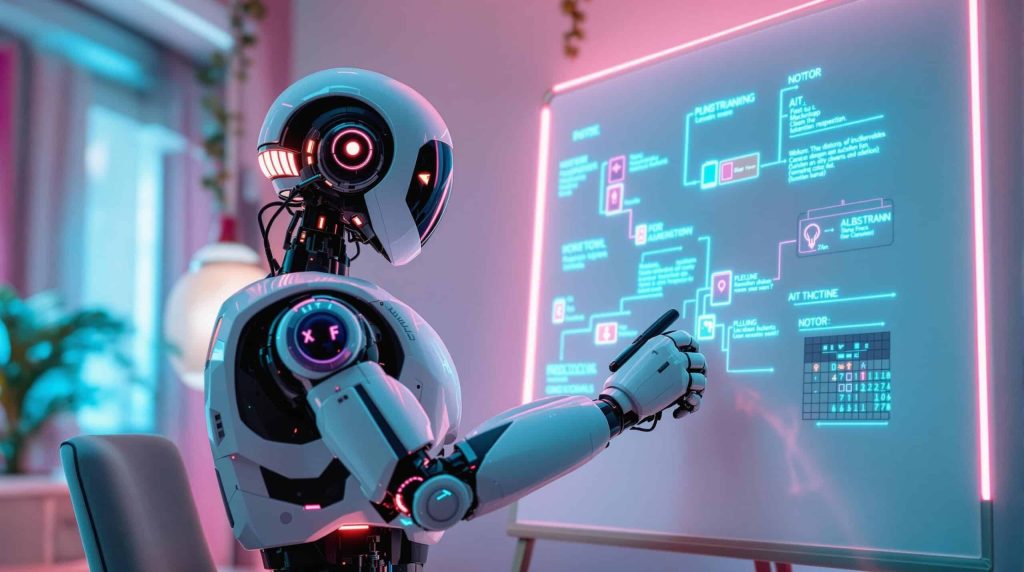
3. Job Creation and New Opportunities
While AI displaces certain roles, it simultaneously creates new opportunities in areas that require human-AI collaboration, technological oversight, and creative problem-solving. Key examples include:
AI System Development and Maintenance
- AI engineers, data scientists, and machine learning specialists are in high demand.
- Roles include algorithm design, model training, performance evaluation, and system debugging.
AI-Augmented Roles in Traditional Sectors
- Healthcare: AI-assisted surgery and diagnostics expand the role of medical practitioners.
- Marketing: AI-generated insights and predictive analytics enhance campaign strategies, requiring human interpretation and creativity.
- Education: Adaptive learning platforms powered by AI require educators to design curricula and personalize learning strategies based on AI recommendations.
Entrepreneurship and Innovation
AI fosters new business models and startups in sectors such as AI-powered design, virtual assistants, autonomous delivery, and AI-driven content creation. Entrepreneurs skilled in AI integration can create businesses that were unimaginable a decade ago.
The Rise of Human-AI Collaborative Jobs
The workforce increasingly includes jobs where humans and AI work together. Examples:
- Financial analysts using AI to analyze complex datasets.
- Journalists using AI to generate news drafts that are then refined by human editors.
- Designers using generative AI to brainstorm new visual concepts.
4. Skills and Workforce Adaptation
The Skills Gap
The rapid adoption of AI highlights a significant skills gap in the global labor market. Workers displaced by automation may lack the technical knowledge or training to transition into AI-augmented roles. The World Economic Forum predicts that by 2025, 85 million jobs may be displaced, but 97 million new roles could emerge, emphasizing the need for reskilling.
Key Skills for the AI Era
- Digital Literacy: Proficiency with AI tools, cloud computing, and data platforms.
- Analytical and Critical Thinking: Ability to interpret AI-generated insights and make strategic decisions.
- Creativity and Problem-Solving: Human creativity is crucial in areas where AI provides recommendations but cannot make value judgments.
- Emotional Intelligence and Communication: Jobs requiring human interaction, empathy, and leadership are less susceptible to automation.
Training and Reskilling Programs
Governments and companies are implementing programs to help workers transition into AI-ready roles:
- Online courses in AI, data science, and machine learning.
- On-the-job training programs for AI tools integration.
- Partnerships between industry and educational institutions to provide practical AI skills.
Lifelong Learning
The dynamic nature of AI technology necessitates a shift from static education to lifelong learning, where continuous skill updates are a fundamental requirement for employment sustainability.
5. Economic Implications
Productivity Gains and Economic Growth
AI-driven automation has the potential to significantly boost productivity and economic growth. By automating repetitive tasks, businesses can reduce operational costs, shorten production cycles, and improve quality. Sectors that adopt AI effectively may gain competitive advantages in global markets.
Income Inequality
A key concern is the potential for AI to exacerbate income inequality. High-skill workers in AI-related fields may see substantial wage growth, while low-skill workers face wage stagnation or job loss. Policymakers must consider redistribution mechanisms, such as social safety nets, universal basic income, or targeted retraining programs.
Labor Market Polarization
The labor market may become increasingly polarized, with a concentration of high-skill, high-wage jobs and low-skill, low-wage jobs, while many medium-skill roles diminish. This trend has implications for social mobility, workforce stability, and economic inclusivity.
6. Policy Considerations and Recommendations
Governments and organizations have a crucial role in ensuring that AI adoption benefits society while mitigating negative labor market impacts. Key policy considerations include:
Education and Reskilling Programs
- Invest in AI literacy and vocational training programs.
- Encourage STEM education from early schooling to higher education.
- Develop flexible certification programs for AI-relevant skills.
Labor Market Regulations
- Create frameworks to manage AI-driven job displacement.
- Support transition programs for workers in high-risk sectors.
- Ensure fair labor practices in AI-augmented workplaces.
Social Safety Nets
- Consider unemployment insurance programs that address AI-related displacement.
- Explore alternative income redistribution methods, including universal basic income pilots in AI-heavy industries.
Encouraging Responsible AI Adoption
- Promote transparency and accountability in AI systems.
- Ensure AI-driven decisions in the workplace are ethical and non-discriminatory.
- Foster collaboration between industry, academia, and government for inclusive AI innovation.
7. Future Trends and Outlook
AI as an Enabler of Human Potential
Rather than solely focusing on displacement, AI has the potential to enhance human labor. By automating mundane tasks, workers can focus on creative, strategic, and interpersonal aspects of their roles. This shift could redefine work as more meaningful and intellectually engaging.
Integration of AI in Global Labor Markets
AI adoption will vary by region and sector. Advanced economies with strong technological infrastructure may see rapid integration, while developing countries may face slower adoption due to limited resources. Global cooperation and knowledge sharing are critical to ensure equitable AI benefits.
Emerging Occupations
- AI ethics consultants to oversee responsible AI use.
- Human-AI collaboration specialists.
- AI data curators and trainers.
- Virtual economy designers for AI-driven metaverse platforms.
The Human-Centric AI Approach
The future labor market should focus on human-centric AI, where technology complements rather than replaces human skills. Workers who can leverage AI as a tool rather than compete with it are likely to thrive in this evolving landscape.
Conclusion
Artificial intelligence is profoundly reshaping the labor market, simultaneously presenting challenges and opportunities. While AI-driven automation threatens to displace routine jobs, it also creates new roles, enhances productivity, and drives innovation. The key to harnessing AI’s potential lies in proactive workforce planning, comprehensive reskilling initiatives, and policies that balance technological progress with social equity.
As AI continues to evolve, the labor market will increasingly reward adaptability, creativity, and the ability to collaborate with intelligent systems. By preparing workers for this transition and fostering an inclusive approach to AI adoption, society can ensure that the rise of artificial intelligence leads to a more productive, innovative, and equitable workforce.


